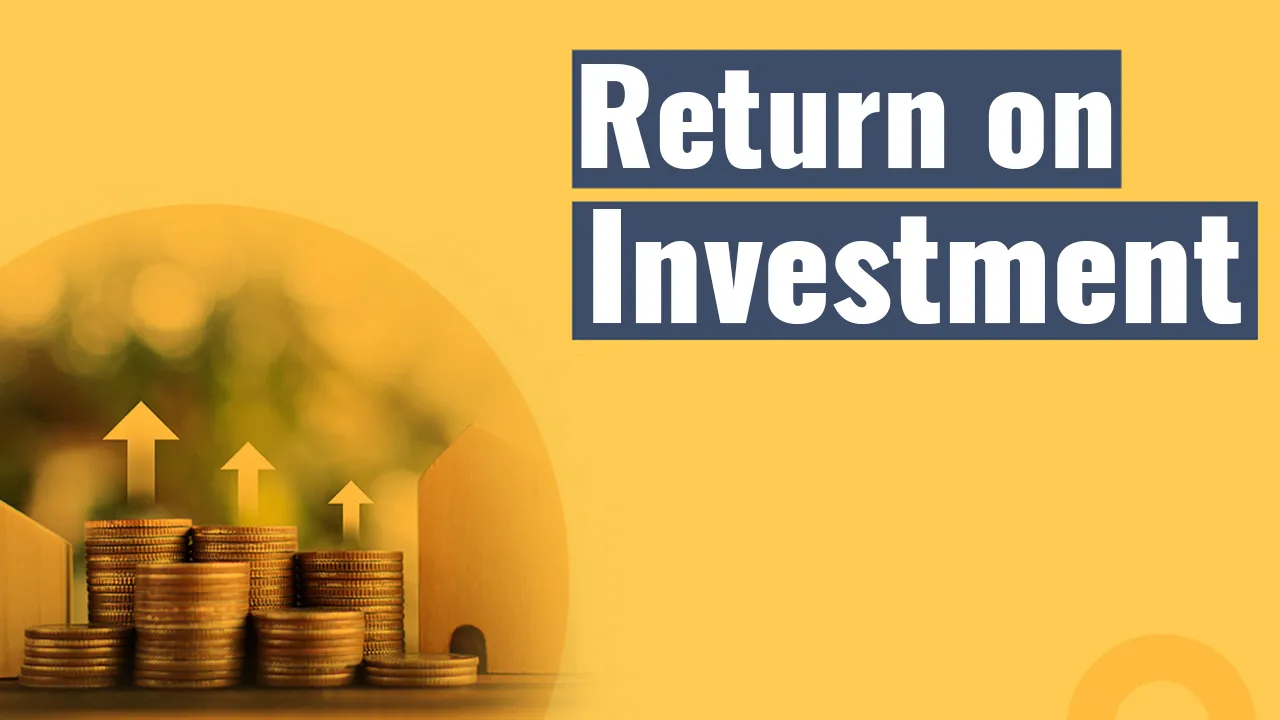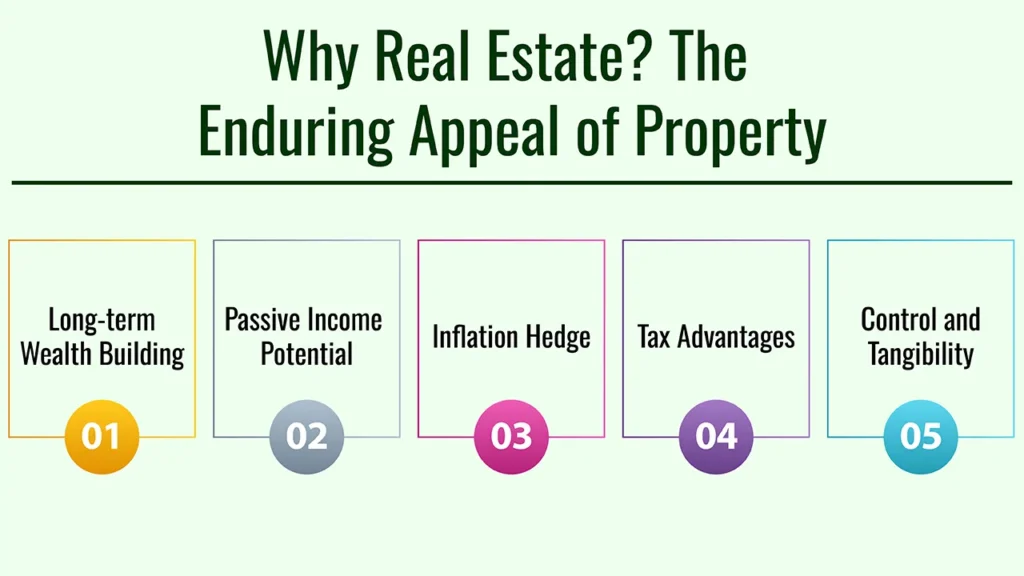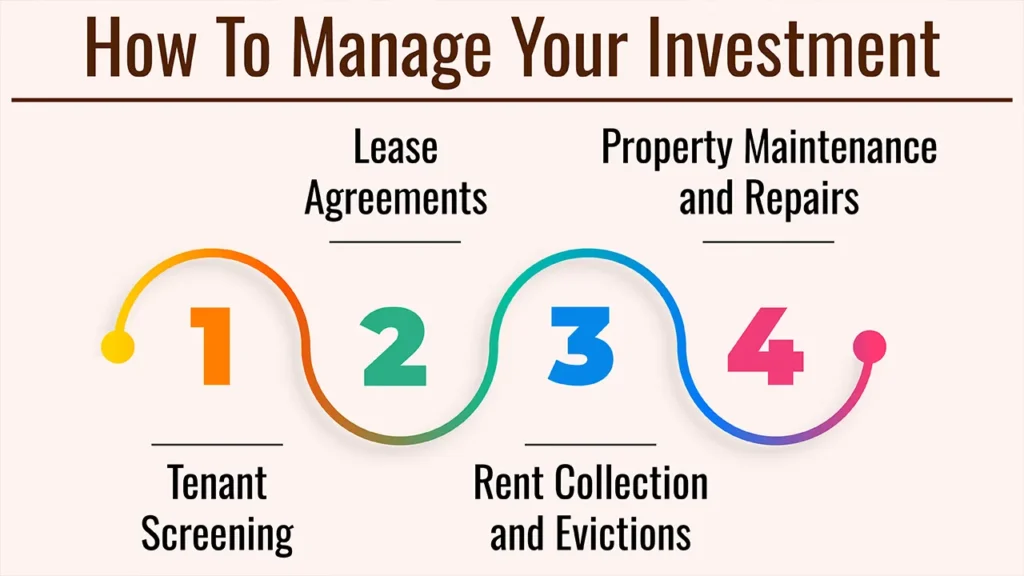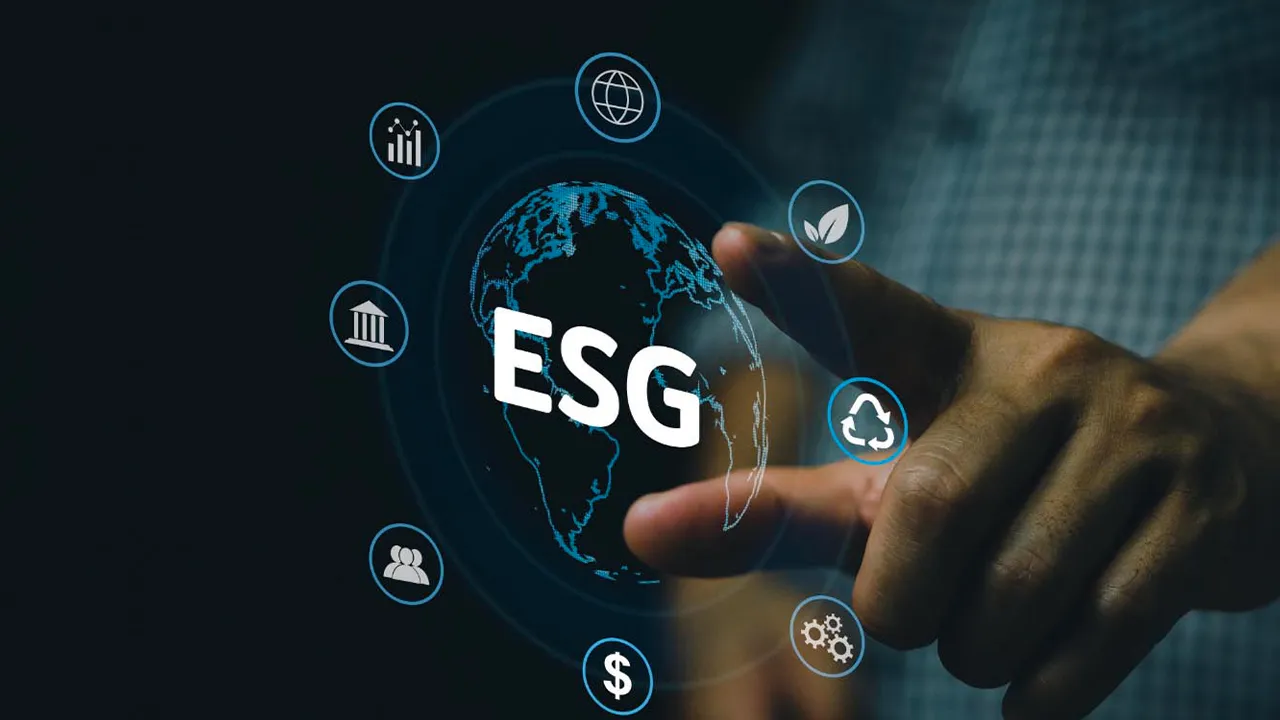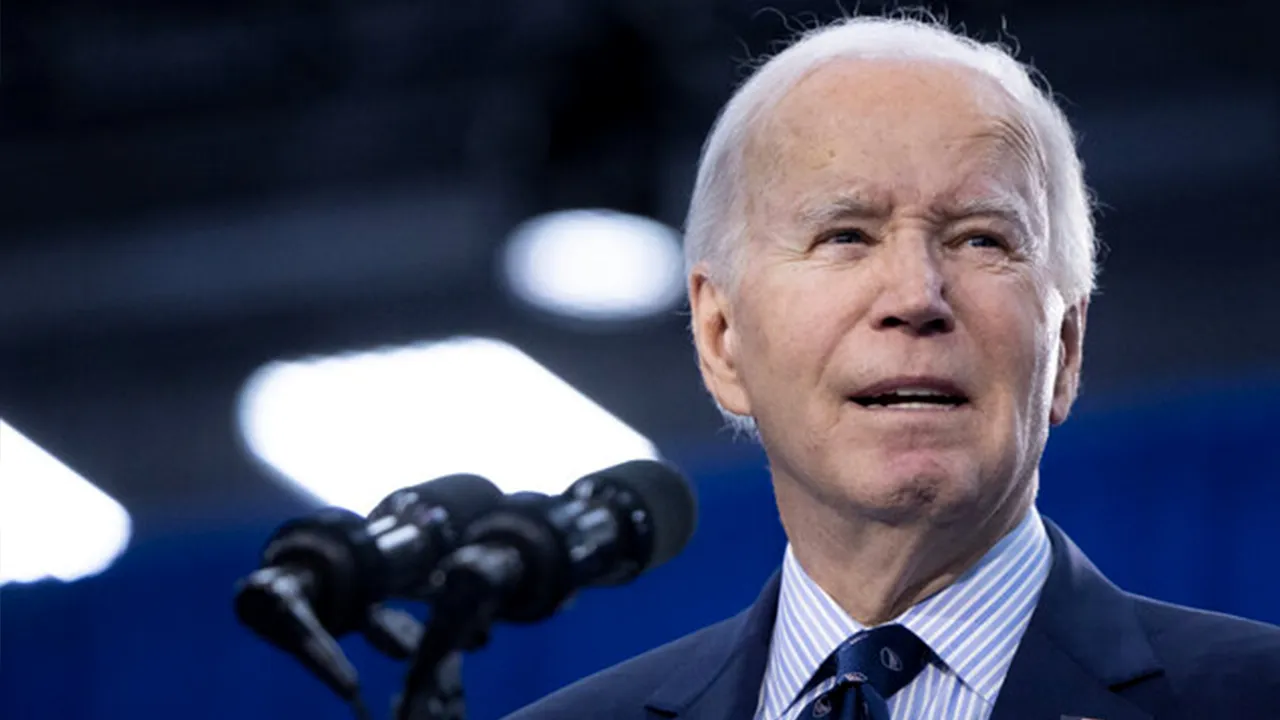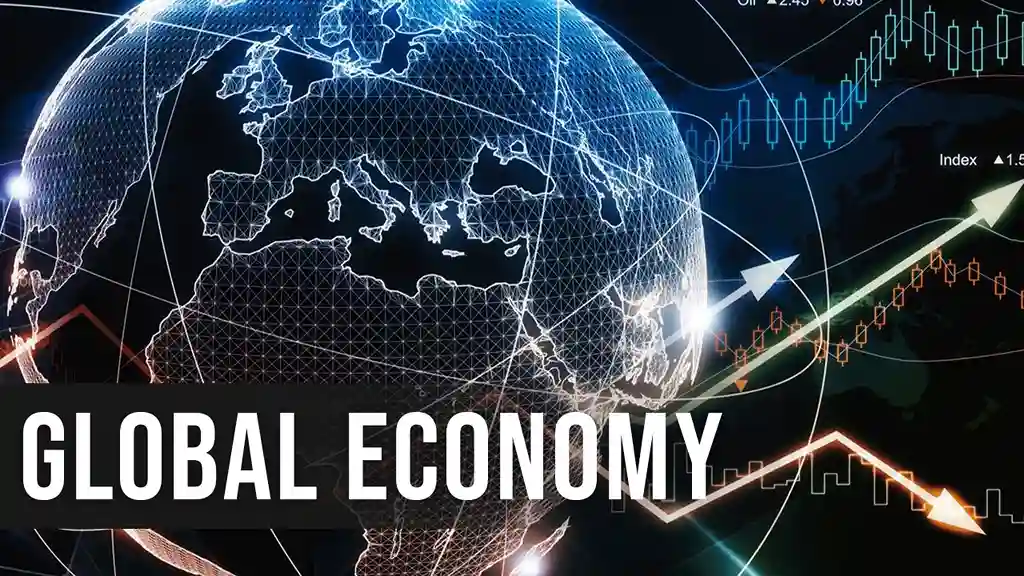Real estate investing is one of the most common ways to accumulate wealth the world over. You watch property values increase, but how can you be sure if your investment is really profitable?
This post will break down how to calculate your Return on Investment (ROI) in real estate. You will understand all of the primary real estate ROI formulas, which costs and gains are important and how to calculate the profit of your property, regardless of where you are investing.
1. Understanding Real Estate ROI: The Basics
- Definition: ROI (Return on Investment) is a percentage that indicates the amount of profit you have made on an investment compared to the purchase price. It’s your ultimate “profit score”.
- Easy to Understand: In it, you invest money and try to get back more money. ROI measures how efficient that return was.
Why It Matters: ROI is important when it comes to assessing past investments, comparing opportunities, and making new ones in the future.
2. How to Calculate Your Real Estate ROI Step by Step
There are Different Things to Count as “Cost” and “Return”: Key Components
1. Total Investment (All money in the deal):
- Purchase price of the property.
- Closing Costs: Legal fees, transfer taxes, title insurance premium, appraisals, home inspection fees, loan origination fees (if any), and broker’s commissions (if you are paying them).
- The remaining balance of any substantial repairs or rehab that need to be performed to get the property to functional or marketable condition.
2. Total gain (sum of all money received or gained):
- Selling Price: The price at which you sell the property.
- Rental Income: Everything you’ve ever collected from tenants while you’ve been an owner.
3. Rental & Sale Costs (Money you paid while in, or upon selling):
- Property Taxes.
- Homeowner’s Insurance.
- Regular Maintenance & Repairs.
- Loan Interest Payments (if financed).
- Utility costs (if landlord pays).
- Property Management Fees (if applicable).
- Sale costs: sales commissions, legal fees, transfer taxes at the time of sale, possible capital gains taxes.
How to Calculate Return on Investment (ROI): Examples for Common Scenarios
Example 1: No Rental but a Resale Property from the Developer (Simplest Case)
You purchased a property for $200,000 (including all of your initial closing costs). You sold it 3 years later for $300,000. The total selling expenses (commissions and taxes on sale) were $15,000.
Solution: Net Gain = Selling Price – Total Initial Investment Cost – Total Selling Costs Net Gain = 300,000 – 200,000 – 15,000 = 85,000 [] ROI = \left( \frac{85,000}{200,000} \right) \times 100% = 42.5%
Translation: For each dollar invested, there was a profit of $0.425.
3. More Than Simple ROI: Advanced Metrics for Savvy Investors
Advanced Tools for a Clearer Financial Picture
1. Cash-on-Cash Return:
- What it means: Your annual cash profit versus the actual cash you have put into the home (for example, the down payment and closing costs), not counting borrowed funds.
- Why it’s helpful: Excellent for comparing a property purchased with a loan, and it displays gross cash flow.
2. Capitalisation Rate (Cap Rate):
- What it means: The annualized rate of return on an income-generating property, based on the property’s purchase price and no financing (though financing may be used in the actual purchase).
- Why it’s helpful: Can assist in quickly comparing the profitability of various income properties.
3. Annualised Return – The Compound Annual Growth Rate – CAGR:
- What it tells you: How much in interest the bank has paid you for your investment in one year’s time.
- Why it’s useful: Allows for a more apples-to-apples comparison of investments held for different time periods that factors in the time value of money.
4. Main Factors of Your Real Estate ROI
What (or Who) Determines Property Profitability
- Location: Value and rent demand of a property is largely a function of how close it is to amenities, infrastructure, jobs and good local economies.”
- Market conditions: supply and demand, economic growth, interest rates and inflation.
- Type Of Property: Home, business, industrial, land… each with its own risk/return profile.
- Property Conditions & Maintenance: Well-kept-up properties bring in superior tenants and buyers. High costs of repair can cut into the returns.
- Financing Expenses: Mortgage interest rates play a direct role in your available cash and overall returns.
- Taxes & Fees: property taxes, transfer taxes, income taxes on rental profit, and capital gains taxes all cut into your net returns.
- Vacancy Rates: Empty units bite into the bottom line for rental properties.
Section 5: Limitations of ROI
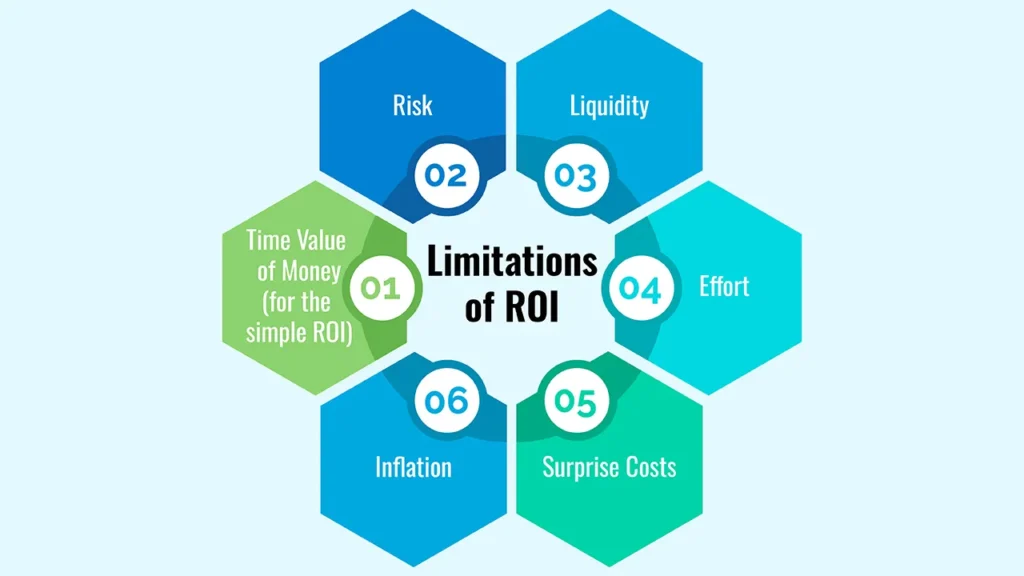
Behind the Number: What ROI Does Not Always Reveal
- Time Value of Money (for the simple ROI): A simple ROI alone doesn’t tell us how long it took to get that back. Use CAGR for this.
- Risk: A high return on investment can also mean high risk. It does not measure its own risk level.
- Liquidity: Real estate is illiquid, and turning it into cash can be a big hassle.
- Effort: It does not take into consideration how much time and effort it takes to manage the property.
- Surprise Costs: Things like big-time repairs or legal problems can throw actual ROI for a major loop.
- Inflation: Be sure to figure your real return after inflation eats away at purchasing power.
Conclusion
Learning how to calculate your Return on Investment (ROI) in real estate is more than just serving and crunching numbers – it’s (arguably) the most important part of a real estate investment.
When you are computing your ROI correctly with all the costs and benefits and using the appropriate metrics for your particular situation, it provides you with a lot of great information as to how your property is really doing. It gives you that knowledge so you can make better, more lucrative investment decisions!
Call to Action
Begin to apply those formulas to your existing properties or future investments. The more you know, the more money you make.
Frequently Asked Questions
1. What is a “good” ROI in real estate worldwide?
There’s no such thing as a “good” ROI, and it’s conditional on location, type of property, specific market conditions and how much risk you and your client will take on. Most investors are looking for returns that far outstrip inflation and non-stock investments.
For rental income (cap rate or rental yield), perhaps a solid range for many stable markets is 4-8%, while overall ROI, including appreciation, might want to average 8-15% or more on an annual basis depending on the type of investment and specific market.
2. How is ROI affected if we are taking a mortgage (loan)?
The answer is :yes! Using other people’s money (aka leverage) can have a dramatic effect on your ROI. Though a simple ROI won’t include specifics about the loan, high interest payments lower your net profit.
Metrics such as Cash-on-Cash Return are engineered to show your profit measured against how much cash you put in the investment, which is specifically useful for mortgaged properties.
3. Do I have to add in the capital gain taxes that I have to pay when calculating the 9% return needed?
Absolutely. You also need to subtract all tax consequences of the investment, including capital gains taxes on sales, for an accurate estimate of your net profit. These are flat-out costs that syphon away the money you get to keep.
4. Can we always say that the higher the ROI, the better?
Not necessarily. A very high ROI might mean that there’s a greater associated risk. Return potential must be balanced against risks, liquidity and work involved in the investment. Always consider the risk-adjusted return.
